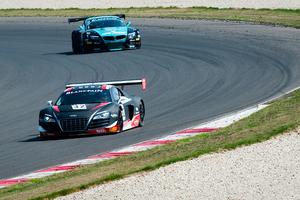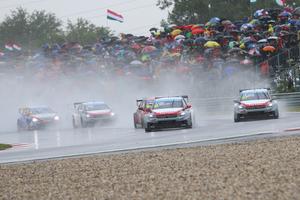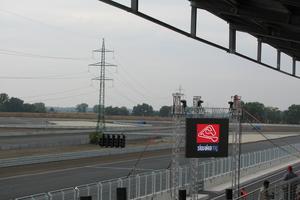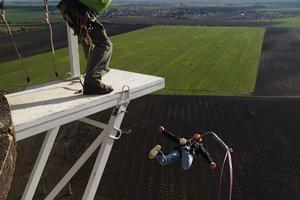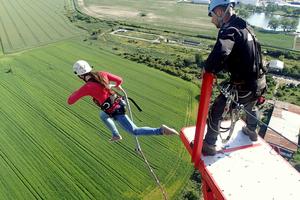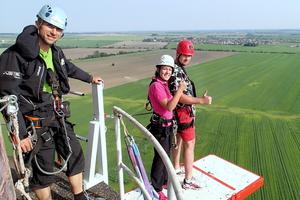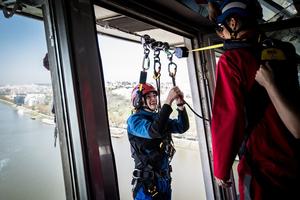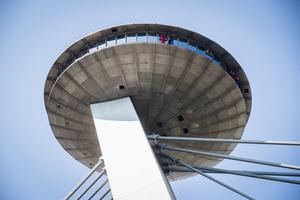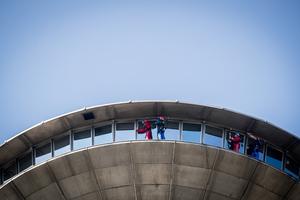"Life is either a daring adventure or nothing," the American author Helen Keller once said. Because of the adrenaline tips by the Spectacular Slovakia tourist guide writers, everyone’s life may become a bit adventurous for a moment.
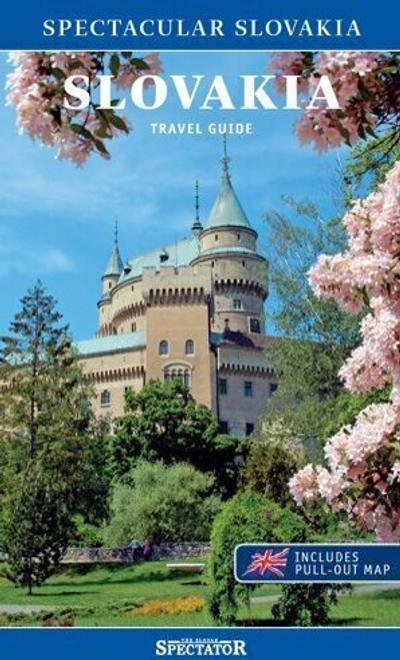 Spectacular Slovakia travel guide
Spectacular Slovakia travel guide
Former police officer Jozef Krupa from Podbiel, a village in the Orava Region, has been gladly driving tourists in a tank for more than ten years now. Or rather an IFV, which stands for an infantry fighting vehicle. The adrenaline-filled drive is three kilometres long and can be done in fifteen minutes.
"At first, I thought it would be a slow ride, but it turned out to be a great experience," Katarína Poláková from Bratislava said.
Krupa takes tourists on an adventurous trip, driving through a local stream and forests, even leaving a bit of mud on passengers' faces now and then.
To the surprise of many, tourists cannot sit in the vehicle but stand, holding themselves with guard rails. Children can get in the IFV if accompanied by parents. Krupa recommends children to be seated in front as the drive feels much shakier in the back.
"We fix your spines and help you get rid of a migraine," Krupa said jokingly. He now owns three tanks; one is an exhibit, the second serves as a backup, and the third he uses for adventurous tours.
Freedom of driving
Fans of fast and furious driving can also enjoy a wild ride without being fined at Slovakia Ring, the only auto drome in Slovakia, situated in the village of Orechová Potôň, 30 kilometres away from Bratislava. The racetrack was built up in 2010.
Adrenaline junkies can even grab the wheel this time, which is not possible in Podbiel. Monika Villémová, who loves high speed, is one of those who have already tried the track.
"A driver has to undergo a short training to learn how to react to the different situations they find themselves in," Villémová said. Drivers will also become acquainted with what the flags of different colours represent, which guide them throughout their rounds.
To be allowed to drive at the Slovakia Ring, every racer has to be 18 years old or over and hold a driver's licence. In addition, drivers have to put a seatbelt on and wear a helmet during the drive. They can race in their own cars or pick out one of several cars offered at the auto drome, including Porsche and Ford Mustang.
"I would go again, but I would ask for a stronger car," Villémová joked. "I was feeling very sad after a Formula 1 outpaced me." She had rented a car very similar to hers.
Up to 50 cars can drive on a circuit at once. Those who do not have a driver's licence can still enjoy a fast "racing taxi" ride, getting in a sports car with an experienced racing driver.
Villémová, alongside her friend sitting in a passenger's seat, enjoyed their ride to the fullest although they did not gear up to maximum speed. "We were screaming, though," she claimed.
Flying in a tube
They will not be heard, but adrenaline seekers can also scream in a tunnel: a glass-made rounded chamber 14 metres high, in which the wind blows at 270km/h. This free fall simulator can be found near the Tatralandia water park in the Liptov Region, central Slovakia.
"At the beginning, I was stressed out and butterflies fluttered in my stomach," admitted Karin Benčíková Vargová on Facebook. "But the instructor Ivo was amazing from the very start."
Instructors explain the basics of communication shortly before they get in the tube. Every daredevil will receive a helmet and overalls. Then, all it takes to enjoy the facility is jumping in the tube and skydiving.
"Upon my departure, I was feeling very light, almost like a feather, and utterly blown about," she added.
People of all types can try out the simulator, including children, retirees, and people in wheelchairs.
Down off a chimney
Jumping off the industrial chimney in Pezinok, a town near Bratislava, can be seen as an even more adrenaline-filled activity. Anyone who is 15 or over and weighs less than 120 kilograms can actually jump.
"It is just because a man would not get into a harness," claimed Andrej Más, head of the Action Land firm.
Being pulled up to a 110-metre-high chimney by an open-air elevator-like system, lasting about half a minute, is quite an experience itself.
On the ground and up in the air, everyone is instructed on how to jump and what starting position to take prior to the jump.
"A jumper reaches a speed of 135 km/h in free fall, which takes nearly four seconds," Más said. It is possible to perform a tandem jump, too.
"In the case of solo jumps, people can include some acrobatic elements such as backward and forward somersaults, which is not possible when it comes to bungee jumping," Más added. After the jump, people are left hanging about twenty metres above the ground before being roped down.
The season runs from March until November, always during the weekends.
Skywalk: Touch the sky
As another option, the 85-metre-high UFO tower, standing by Bratislava's SNP Bridge, offers a walk on the window ledge of the restaurant housed in it. Professional fire fighter Henrich Bartovič came up with the idea of skywalking there.
The attraction was open in spring 2018; a similar must-see was at that time only in Tallinn, the capital of Estonia, where people can have a walk on the top of a 175-metre-high TV tower.
Before adrenaline junkies walk out on the ledge, an instructor gets them dressed in red overalls and harness. In addition, each skywalker has to take an alcohol and drug test. Once an adventurer is ready to walk out on the ledge, they are accompanied by instructors during the 15-minute-long stroll in the sky.
People do not have go for just a walk around the restaurant, though. They can take a seat on the ledge and enjoy a magnificent view of the capital. Or, they can lean their feet against the outer edge of the ledge and "hang" out in space to get an adrenaline rush.
Tandem skydiving
Being 3,000 or 4,000 high in the air is probably one of the most adrenaline-filled moments. It increases even more when jumping out of the plane to find out what it feels like to be a parachutist.
People can go for this activity, for instance, at Slávnica Airport in Dubnica nad Váhom, in north-west Slovakia.
At first, the parachutist-amateur gets a 20-minute brief together with his tandem pilot prior to the adventure. Later, they will spend about 20 minutes on the plane before it reaches the necessary height for a jump.
Once they find themselves out of the plane, they fall freely for less than a minute. The fall is as fast as 200 km/hr. The parachute opens at 1,500 metres above the ground, and the parachute drop takes seven minutes.
Although the amateur somewhat becomes carry-on luggage attached to the tandem pilot, they also have the opportunity to steer the parachute for about ten minutes.
After a successful landing, every parachutist-amateur obtains a certificate.
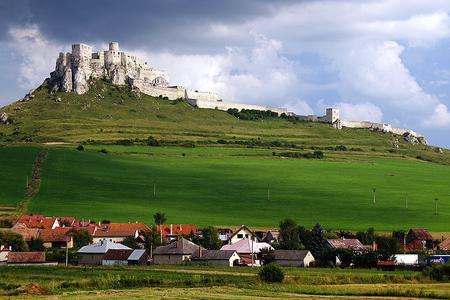

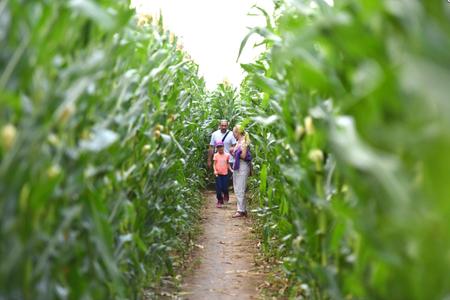



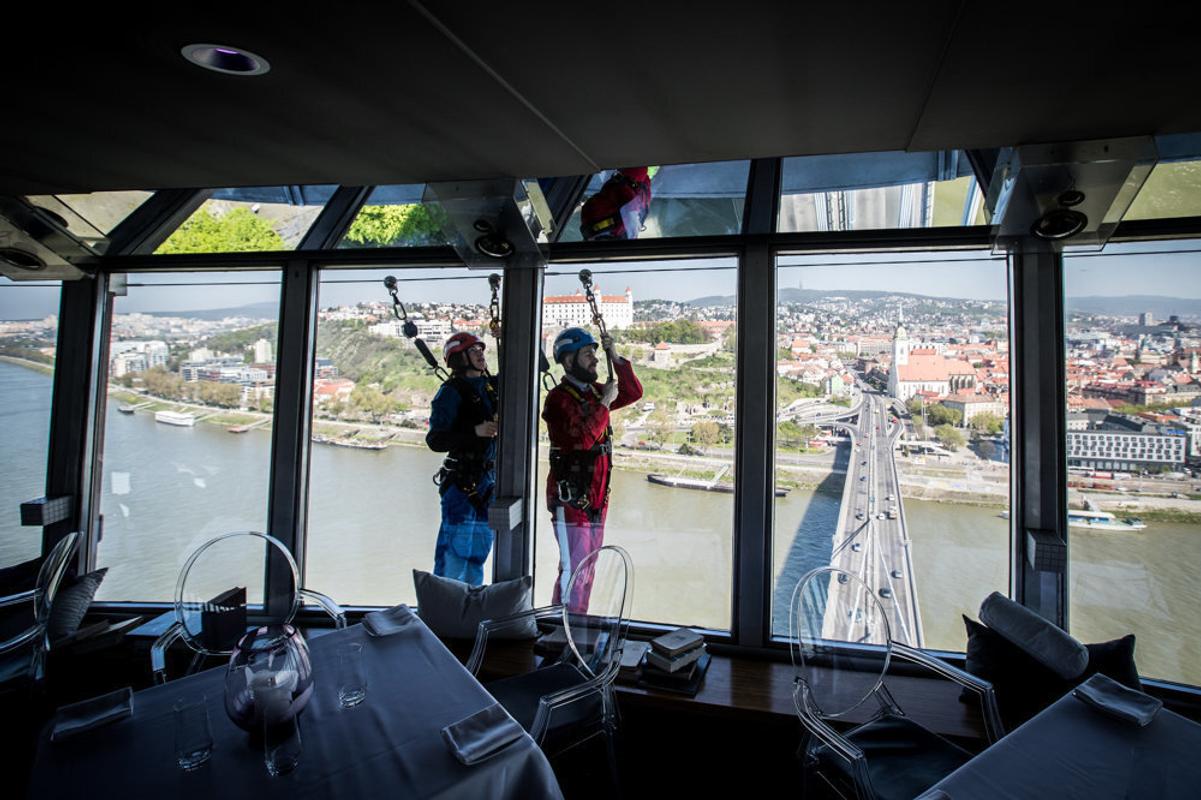 Adrenaline junkies can try skywalking up at the UFO Tower in Bratislava. (source: Sme)
Adrenaline junkies can try skywalking up at the UFO Tower in Bratislava. (source: Sme)
